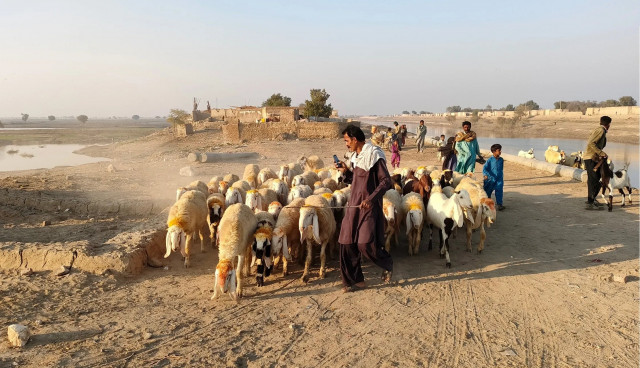The resource rich area, with its resilient and hardworking inhabitants, and a significant geostrategic location is the real strength and true face of Balochistan. Allah Almighty has blessed this province with heaps of natural resources including oil, black pearl, coal, copper, iron, natural gas, gold etc. As per the Geological Survey of Pakistan, Balochistan has huge deposits of more than 80 mineral resources. However, despite being rich in natural resources, Balochistan still remains an underdeveloped and a poverty-stricken region. According to an estimate, 60 per cent of the Baloch population is living below the poverty line.
The government of Pakistan has recently inked an investment project with the Saudi government. As per this agreement, the KSA will invest $1 billion into the Reko Diq copper and gold project. The project is expected to provide employment opportunities and improve the overall economic conditions of the province. However, the identity of Balochistan goes beyond being a mere mineral hub. For instance, the province contributes 40 per cent to all livestock produced in the country. More than half of Balochistan's population is associated with livestock-related activities. However, the absence of organised cattle farming activities leaves local farmers unaware of modern animal husbandry practices, leading to low productivity resulting from inadequate breeding and rearing practices. Uplifting the livestock industry through innovation and investment can help the local people with their financial predicaments.
As far as the agricultural sector is concerned, Balochistan has approximately 3.83 million hectares of land favourable for the production of crops. The climate and topography of the area makes it suitable for the production of wheat, rice, pulses, vegetables and a wide range of fruits including pomegranates, cherries, almonds, apples, dates etc. However, to get maximum benefit,
the farming sector needs to quit traditional practices of farming and adopt modern ones. Nowadays, a lot of countries around the globe are turning to AI to boost their agricultural production. For instance, a farm in India has installed sensor devices to keep a check on soil health and weather conditions. The use of AI has also enabled the farmers to not only deal with the pests but also to figure out the right time for watering the crops. This has in turn saved 50 per cent of the water utilised previously on the farm and has also ramped up the productivity by 25 per cent. By emulating this approach, the Baloch farmers can enhance their economic gain. Besides, this will also help with water scarcity to some extent.
In addition to the aforementioned initiatives, the development of skills and vocational training among the less educated section of the society can boost industries like handicrafts that are compatible with the province's natural talent. Local communities should be involved in the creation of these programmes so that they may influence how the skills development landscape is shaped to suit their specific requirements. An empowered and competent workforce can actively participate in the development process, ensuring that the advantages are shared more fairly.
By adopting a holistic approach which involves empowering the Baloch populace, nurturing the local talent and incorporating modern methods in different sectors, Balochistan can emerge as a thriving hub of economic development. However, this requires concerted efforts and steadfast commitment to the well-being of Baloch people as this is the only way to unlock a future where prosperity and progress reach every corner of this remarkable land.


COMMENTS
Comments are moderated and generally will be posted if they are on-topic and not abusive.
For more information, please see our Comments FAQ